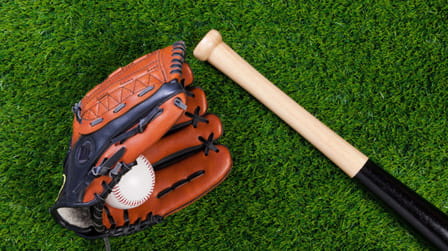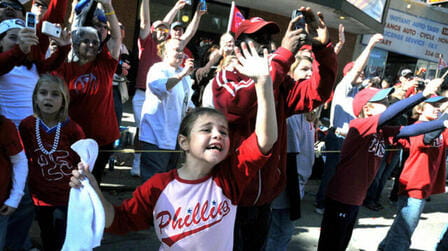Baseball is one of the most popular sports in both Japan and South Korea. However, based on several factors like professional league attendance, participation rates, and cultural significance, baseball appears to be more popular in Japan compared to South Korea.
Popularity of Professional Baseball Leagues
Japan's Nippon Professional Baseball (NPB) league draws significantly higher attendance numbers compared to Korea's KBO League. In 2019, before the COVID-19 pandemic impacted attendance, NPB total attendance was over 20 million while KBO League attendance was under 8 million. The higher attendance shows baseball's widespread appeal and importance as an entertainment option in Japanese culture.
Some key differences between the leagues:
- NPB has 12 teams while KBO has 10 teams. More total games leads to higher overall attendance.
- On average, NPB teams draw over 1.5 million fans per season compared to around 800,000 fans for KBO teams.
- The Yomiuri Giants, NPB's most popular team, averages over 3 million fans per season which exceeds total attendance for some KBO teams.
- NPB stadiums like the Tokyo Dome (55,000 capacity) are significantly larger than KBO ballparks.
Higher revenues and attendance enable NPB teams to attract more star players compared to Korea and reinforce baseball's position as Japan's national pastime.
Youth and Amateur Baseball Participation

For amateurs, Japan boasts over 100,000 adult baseball teams registered with various national organizations. Baseball's integration in school physical education programs and the strong Little League system help sow the seeds for future fandom and cement baseball as an enduring recreation activity.
Conversely, youth baseball participation in Korea has declined over the past decade. Many experts attribute this to factors like the rise of PC gaming culture and lack of baseball facilities in Seoul metropolitan area where over 50% of the population resides. Declining youth participation does not bode well for baseball's popularity going forward in Korea.
Baseball's Cultural Relevance

In Korea, baseball faces stiffer competition from other sports like soccer and gaming in the cultural zeitgeist. Baseball stars like Babe Ruth and Ichiro Suzuki are icons in Japan spanning generations. Korea lacks equivalently popular baseball heroes that resonate nationwide. The deeper integration of baseball into multiple facets of popular culture reiterates the sport's greater importance in Japan versus Korea.
FAQ
Q: Does Japan or Korea have more professional baseball teams?
A: Japan's NPB league has 12 teams while Korea's KBO League has 10 teams, giving NPB 2 more total teams and higher number of overall games and attendance.
Q: Who typically has higher game attendance, Japan or Korea baseball?
A: On average, NPB teams draw over 1.5 million fans per season compared to KBO teams that draw around 800,000 fans. Top teams like the Yomiuri Giants average over 3 million fans per year.
Q: Why is youth baseball participation declining in Korea?
A: Factors like growth of PC gaming culture and lack of baseball facilities in Seoul area are reducing Korean kids' interest in playing baseball compared to past generations.
Q: How is baseball ingrained in Japanese popular culture?
A: Baseball manga books are bestsellers, trading cards are collected by millions, and baseball terms are widely used in Japanese language, showing the sport's deep cultural integration.
Q: Does Korea have an equivalent baseball star to Babe Ruth or Ichiro?
A: No, Korea lacks baseball players that have become icons across generations and resonate through popular culture like Japanese stars.
Conclusion
In conclusion, gauging popularity through attendance figures, participation rates, and cultural relevance indicates that baseball retains a strong foothold in Japan that exceeds the sport's popularity in South Korea. Baseball is woven into the social fabric of Japan through outlets like manga, toys, and language in ways unmatched in Korea. The economic impact and community benefits of professional baseball also propel NPB's success. While baseball maintains a passionate fanbase in Korea, the prevalence and visibility of baseball across all levels of Japanese society reinforce why it is regarded as Japan's most favored sporting pastime.












